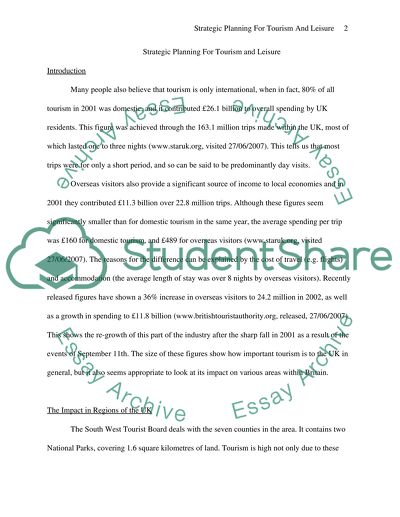Cite this document
(“Strategic Planning For Tourism and Leisure Case Study”, n.d.)
Retrieved from https://studentshare.org/miscellaneous/1502547-strategic-planning-for-tourism-and-leisure
Retrieved from https://studentshare.org/miscellaneous/1502547-strategic-planning-for-tourism-and-leisure
(Strategic Planning For Tourism and Leisure Case Study)
https://studentshare.org/miscellaneous/1502547-strategic-planning-for-tourism-and-leisure.
https://studentshare.org/miscellaneous/1502547-strategic-planning-for-tourism-and-leisure.
“Strategic Planning For Tourism and Leisure Case Study”, n.d. https://studentshare.org/miscellaneous/1502547-strategic-planning-for-tourism-and-leisure.


